Route 6: Places and personalities of the military past
Length of the route: 3,3 km
Duration: 50 min
Kroměříž served as an important garrison town from the middle of the 18th to the beginning of the 21st century. In addition, from the end of the 17th century until 1919 the unit of (arch)bishop’s princely guard was formed and until the 1930s there was also the Corps of Uniformed Sharpshooters of Kroměříž. The history of Kroměříž units is commemorated at an event called The Day of Uniformed Corps, which is regularly held on the first Saturday in October at the local airport.
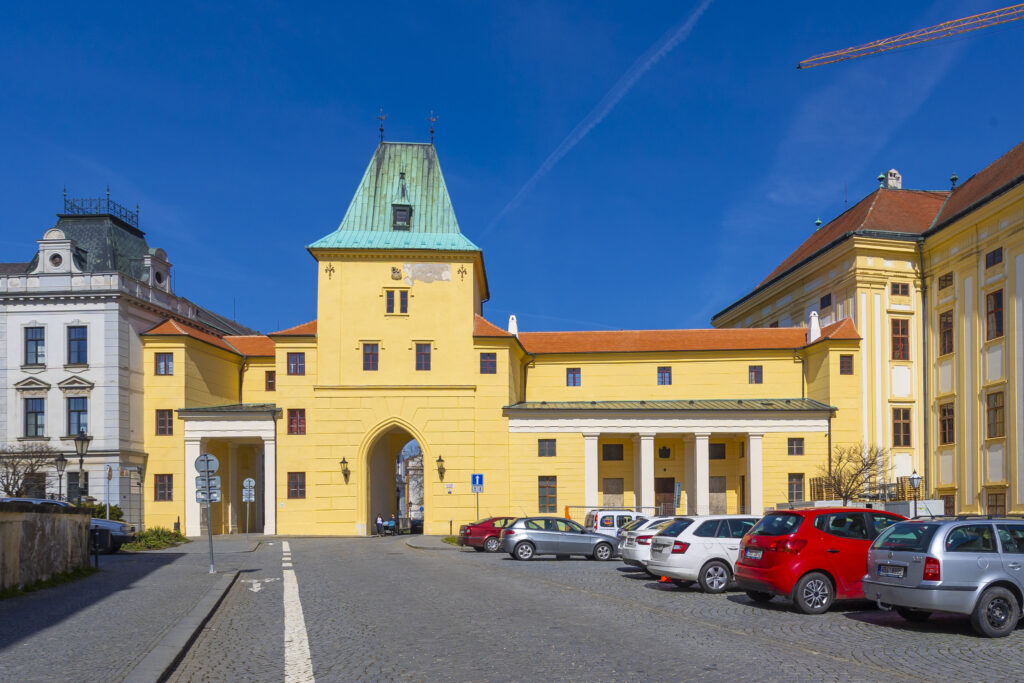
THE MAIN POINT OF THE ROUTE:
1 – MILL GATE WITH GARDISKA
The Mill Gate and the Gardiska (castle guardhouse) were the seat of the archbishop’s princely guard, which was established by the Olomouc bishop Karel of Lichtenstein-Castelcorno in the 1660s. The task of the Guard was not only to defend the residences in Olomouc and Kroměříž, but also to represent the prince-bishop, to be exact since 1777 the archbishop of Olomouc. The only preserved gate out of the city gates gained its current appearance in the middle of the 19th century, when a classicist gardiska was added to the gothic style gate, thus connecting the gate to the castle. The Guard was abolished in 1919 by the decision of Archbishop Lev Skrbenský and restored by the group Biskupští Manové of Kroměříž in 2014.
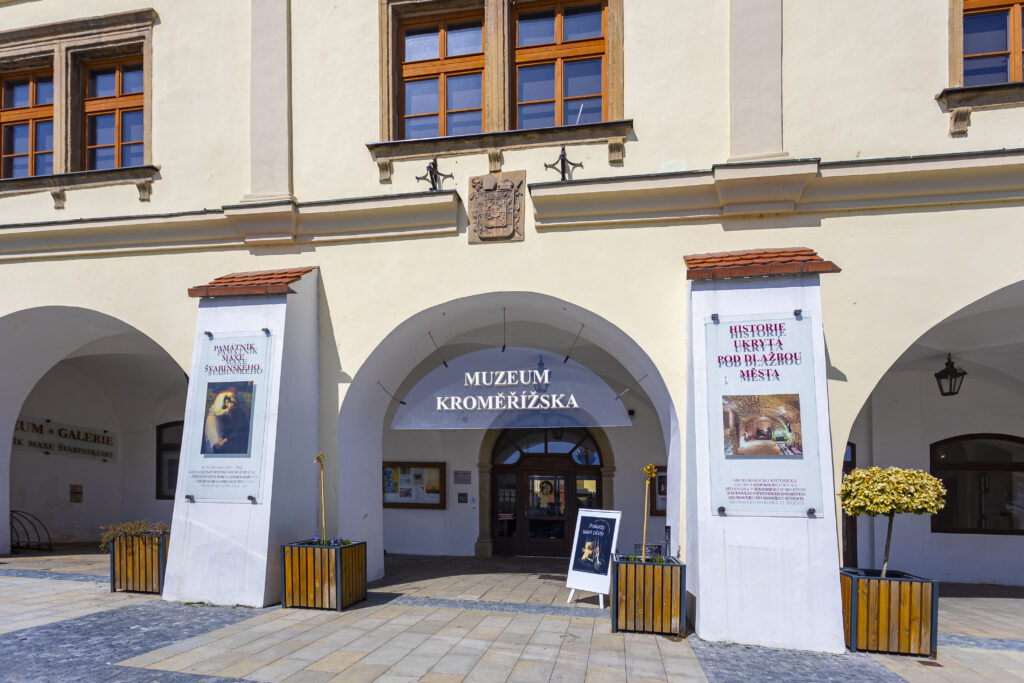
THE MAIN POINT OF THE ROUTE:
2 – BUILDING OF THE MUSEUM OF THE KROMĚŘÍŽ REGION
The Museum is located in one of the houses on the Great Square (formerly known as Kapitular or Church Square). The building owes its current appearance to Bishop Karl of Lichtenstein-Castelcorno. The last major reconstruction of the building was completed in 2020. Right after the latest reconstruction, a new exhibition was launched to remember the historical events in Kroměříž in the years 1848–1948. As part of the exposition, it is possible to see, for instance, the uniforms of sharpshooters, guardsmen, legionnaires or so-called freemen from the World War II.
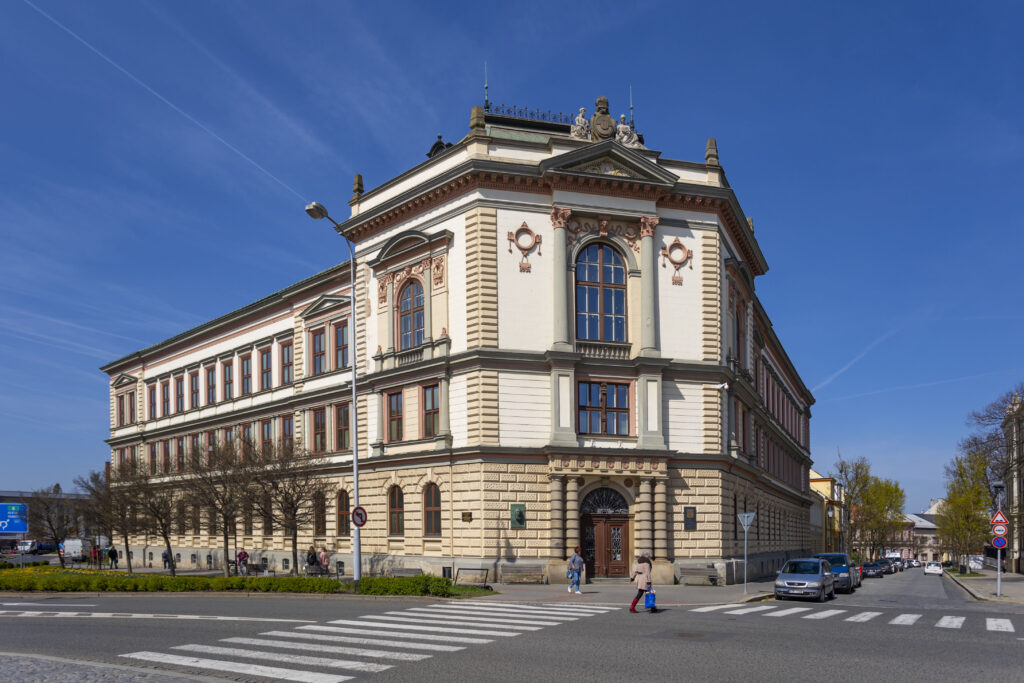
THE MAIN POINT OF THE ROUTE:
3 – GYMNÁZIUM/ HIGH SCHOOL KROMĚŘÍŽ
A memorial panel on the building of the Kroměříž High School situated on Masaryk Square commemorates the most important graduate of the school, General of the Judicial Service and Professor of International Law Bohuslav Ečer. Ečer made a name for himself as a close collaborator of Edvard Beneš in exile in London, and most importantly as the chairman of the Czechoslovak delegation during the Nuremberg trial, which he handed over to the Czechoslovak justice of K. H. Frank. Other people associated with the school included teacher Václav Sedláček, who was murdered in Auschwitz due to his resistance activities, and Mirek Svoboda, the son of Czech general and politician Ludvík Svoboda, who died in Mauthausen.
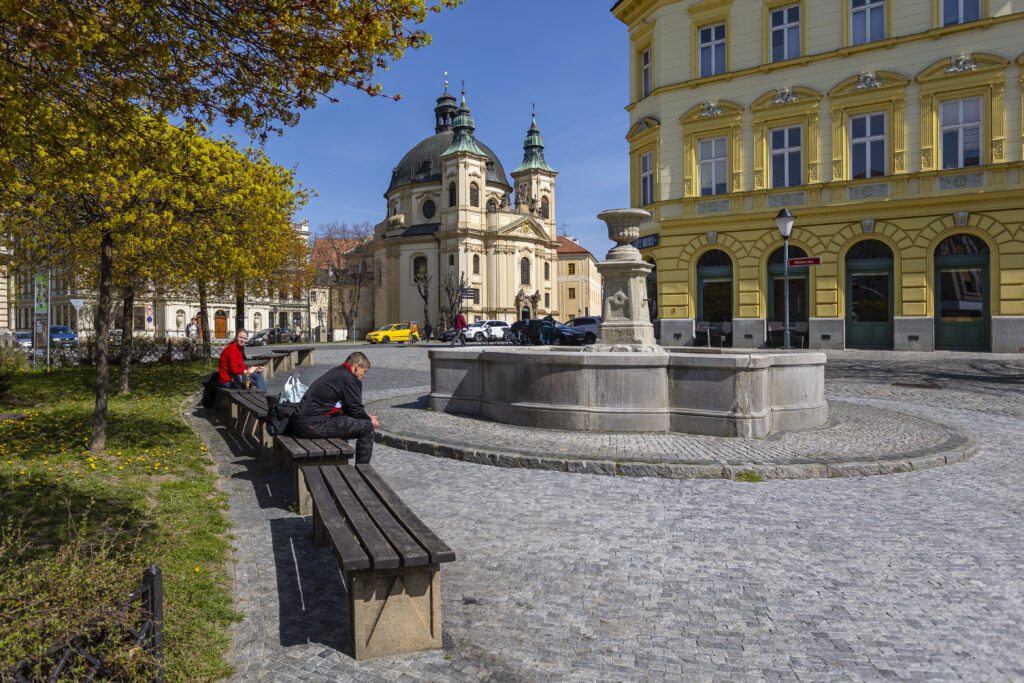
THE MAIN POINT OF THE ROUTE:
4 – MILÍČOVO SQUARE
Th title of this square has, unlike the surrounding squares, never changed. In May 1945, Romanian soldiers who perished while liberating Kroměříž, were buried at this Square. Subsequently, not long after the funeral, the bodies were exhumed due to overgrowing greenery from the spot between the fountain and the road and transferred to the new central municipal cemetery in Velehradská Street. The last time the remains of Romanian soldiers were moved was in the 1970s and today they rest in the military part of the Central Cemetery in Brno.
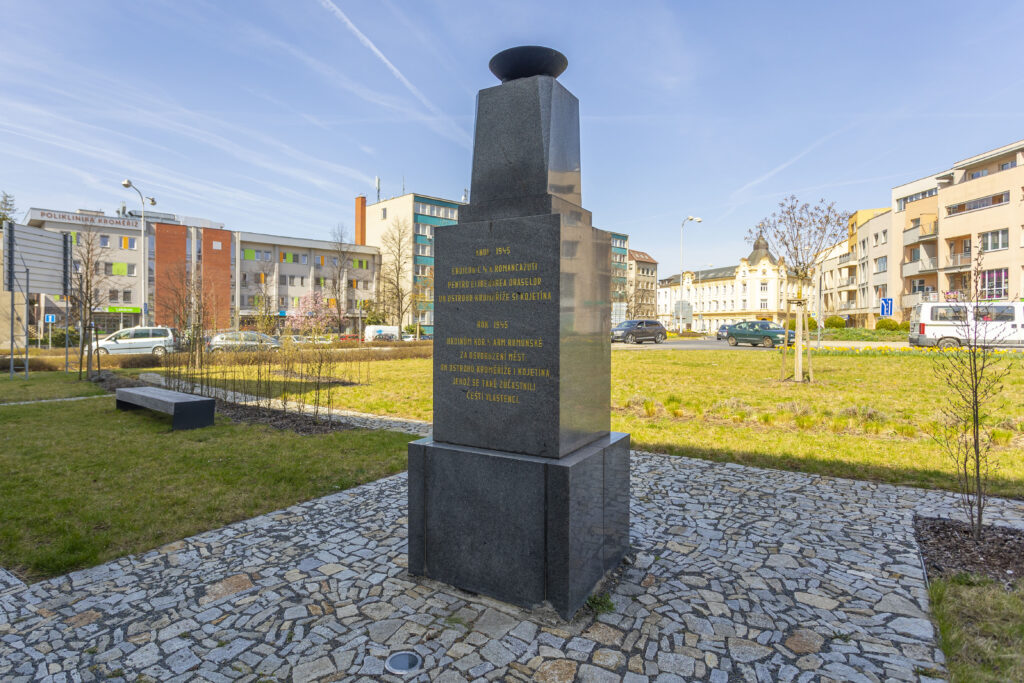
THE MAIN POINT OF THE ROUTE:
5 – MONUMENT TO ROMANIAN SOLDIERS ON PEACE SQUARE
Today’s building of the Judicial Academy on Peace Square No. 517/7 served originally as the barracks of the Infanterie Regiment No. 3 (IR3). The battalion was based in Kroměříž from the middle of the 19th century. The regiment fought for example at Trutnov during the Austro-Prussian War in June 1866 and during the World War I as one of the few units of the Austrian army on the Western Front against the French. It is worth mentioning that when the number of units in the city grew after World War II, the building became the headquarters of the division. In front of the building, the visitors can see one of the two monuments commemorating the liberation of the city by the Royal Romanian Army.
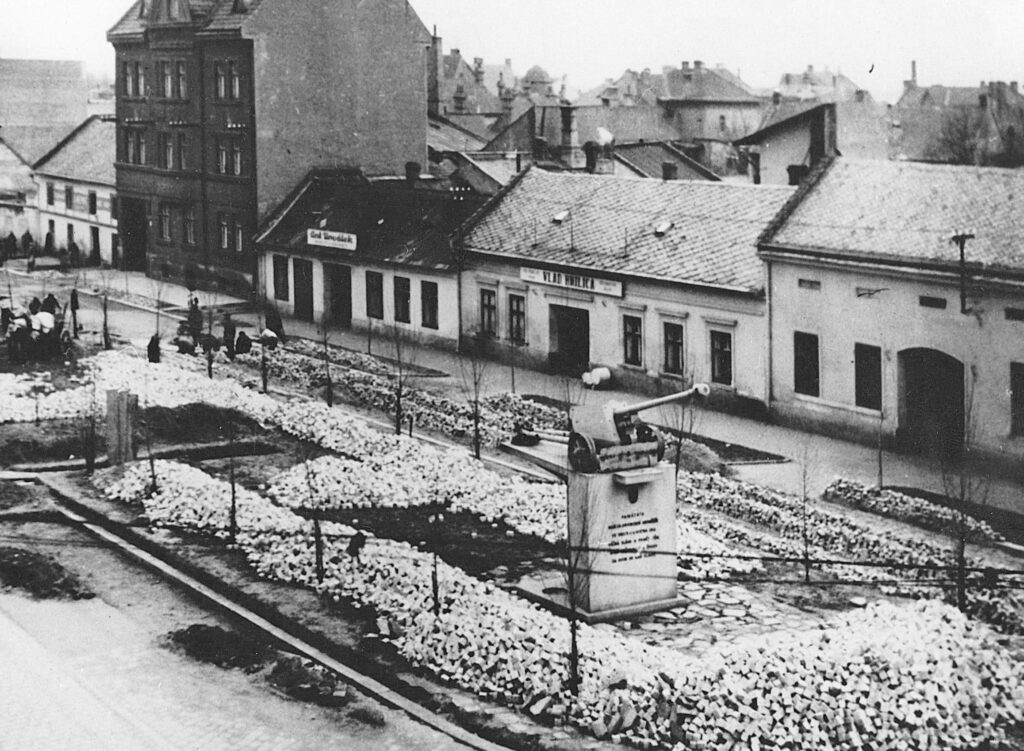
THE MAIN POINT OF THE ROUTE:
6 – PEACE SQUARE, WHERE ANTI-TANK CANON USED TO STAND
Before the construction of the building for the Communist Party of Czechoslovakia on Peace Square No. 3287 in 1974 (later a ´new´ clinic centre), there was a monument commemorating the liberation of the city. The monument was a pedestal holding a German anti-tank canon PaK 40 caliber 75 mm, which is now located in the exhibition dedicated to the Ostrava operation in the Military History Institute in Lešany.
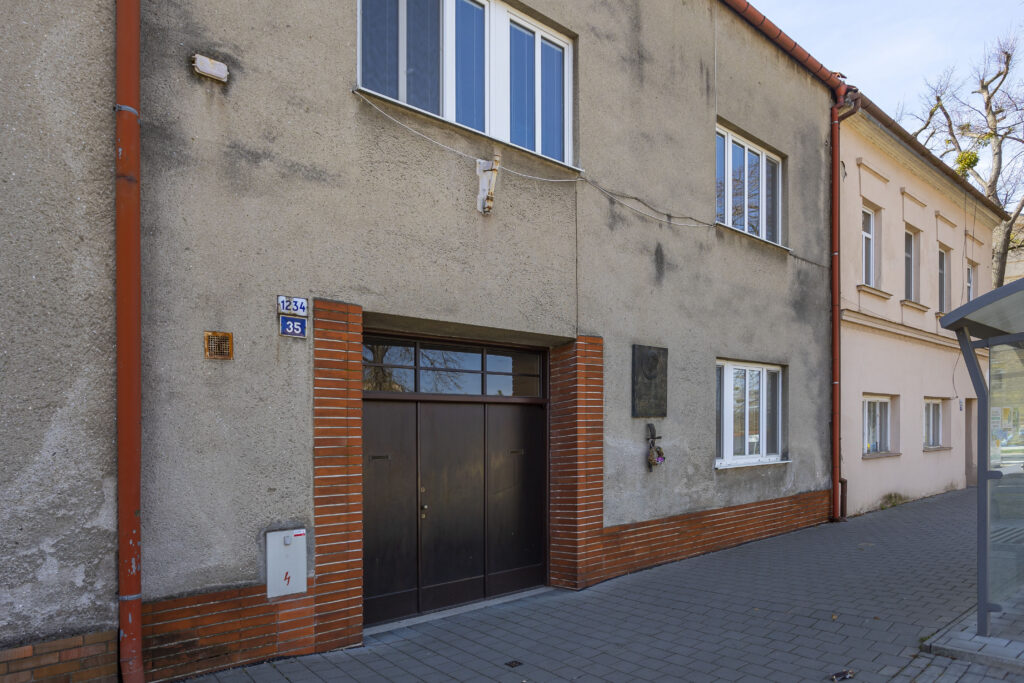
THE MAIN POINT OF THE ROUTE:
7 – THE HOUSE WHERE LUDVÍK SVOBODA’S FAMILY LIVED
The family of Ludvík Svoboda lived in the house No. 1234/35 in today’s General Svoboda Street in the 1930s. From this place the future general, minister and president left for Poland in 1939. During the war, his wife Irena and both children, Zoe and Mirek, took part in the resistance, however after the help of the S1/R paratroopers, the Gestapo followed their trail. While Mirek was arrested and murdered by the Gestapo, the women managed to escape in November 1941 at the last minute and survive the war.
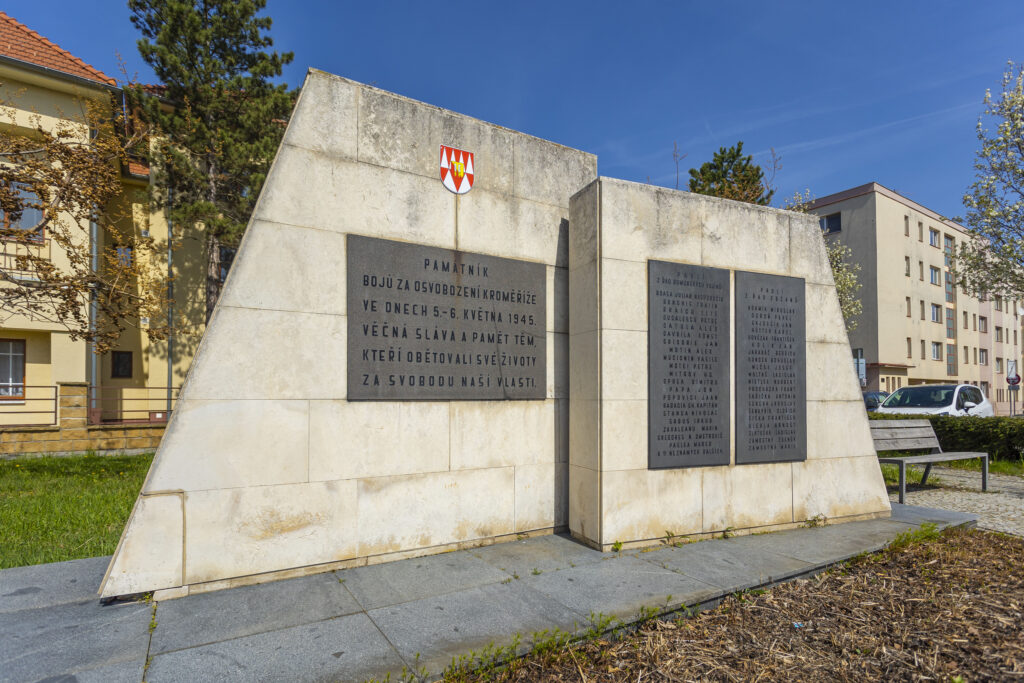
THE MAIN POINT OF THE ROUTE:
8 – MONUMENT TO ROMANIAN SOLDIERS IN FRONT OF THE FLOWER GARDEN
The monument with the names of fallen Romanian soldiers has been placed in front of the entrance to the Flower Garden. The Romanian army advancing from the south-east was asked to spare the historic city and not use heavy artillery fire. This was done, however there were severe man to man fights occuring throughout the city.
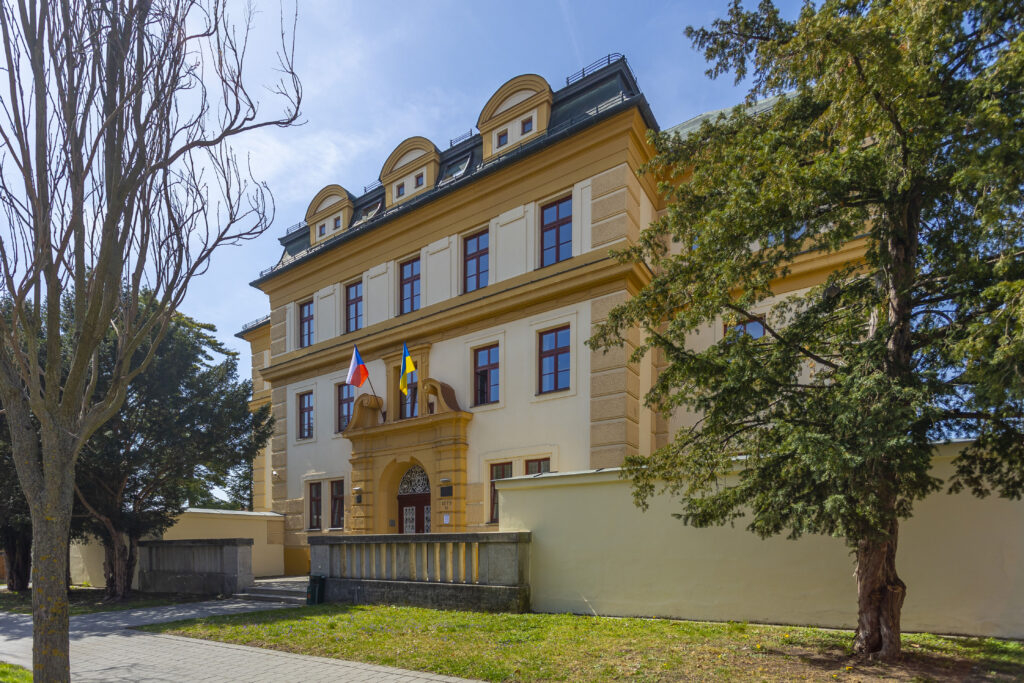
THE MAIN POINT OF THE ROUTE:
9 – DISTRICT COURT KROMĚŘÍŽ
In the building of the Municipal Court (today the District Court Kroměříž, Právní 1279) was on 26 April 1946 executed the leader of the Green Swastika Party, František Mikoláš Mlčoch. The deserter from the Austrian army who joined the Czechoslovak Legions in Russia became a communist and a swindler after the war. In the end, he profiled himself as a Nazi collaborator and his life inevitably ended on the gallows.
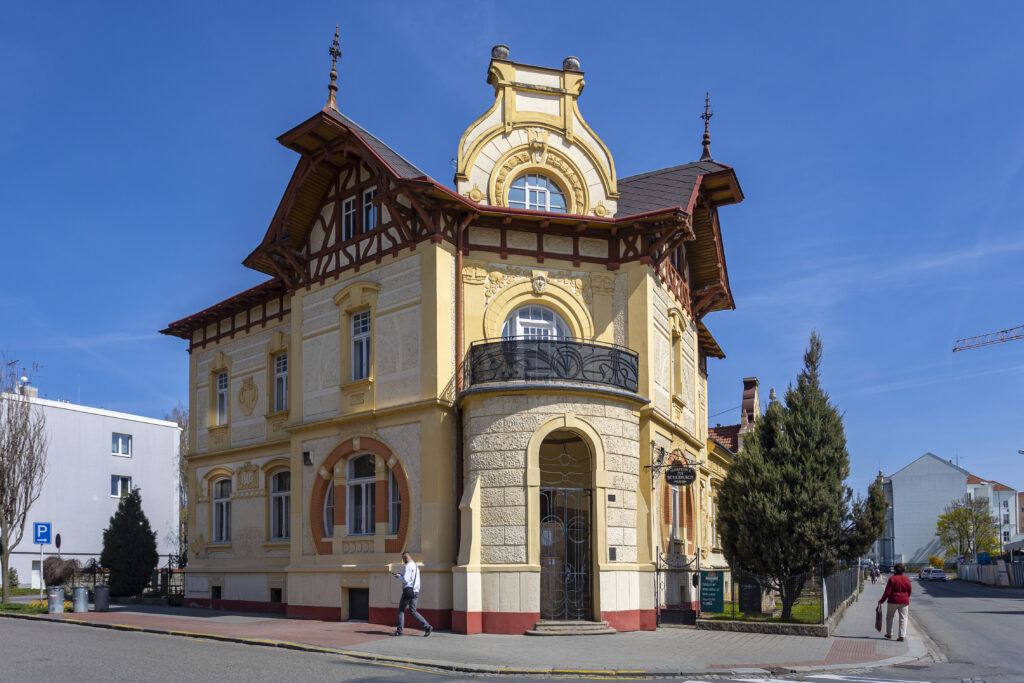
THE MAIN POINT OF THE ROUTE:
10 – PUB ON THE STEPS/HOSPŮDKA NA SCHŮDKÁCH
Although it may not appear at first glance, the history of the Pub on the Steps in Havlíčkova Street No. 1262 is also connected with uniforms. Its constructor was a lieutenant of the Uniformed Sharpshooters Corp of Polish origin Felix Skibinsky. The pub in the Belgian Art Nouveau style was built in 1905 for the innkeeper František Pečman. Skibinsky, in addition to a number of buildings in Kroměříž, also designed the Chapel of St. Cyril and Methodius in Radhošť.
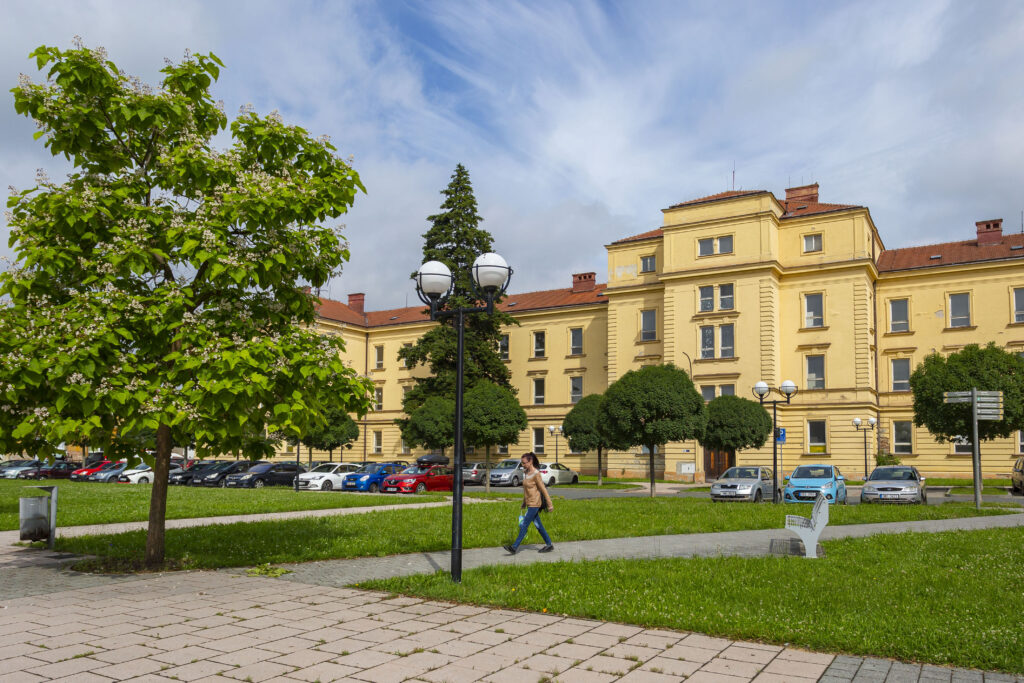
THE MAIN POINT OF THE ROUTE:
11 – HANÁ SQUARE
Today’s Haná Square used to be a military barracks until the beginning of the 21st century. Originally it housed the Imperial Imperial Infantry Regiment No. 25 (LIR25) and since 1920 the Infantry Regiment 3 of Jan Žižka of Trocnov. The title Žižka’s Barracks remained to be used until the end of the existence of the local garrison. In 2015, a memorial plaque was unveiled on the building of the former garrison house to the citizens, who served in the RAF during the World War II. It is located next to the monument for the members of Infantry Regiment 3.
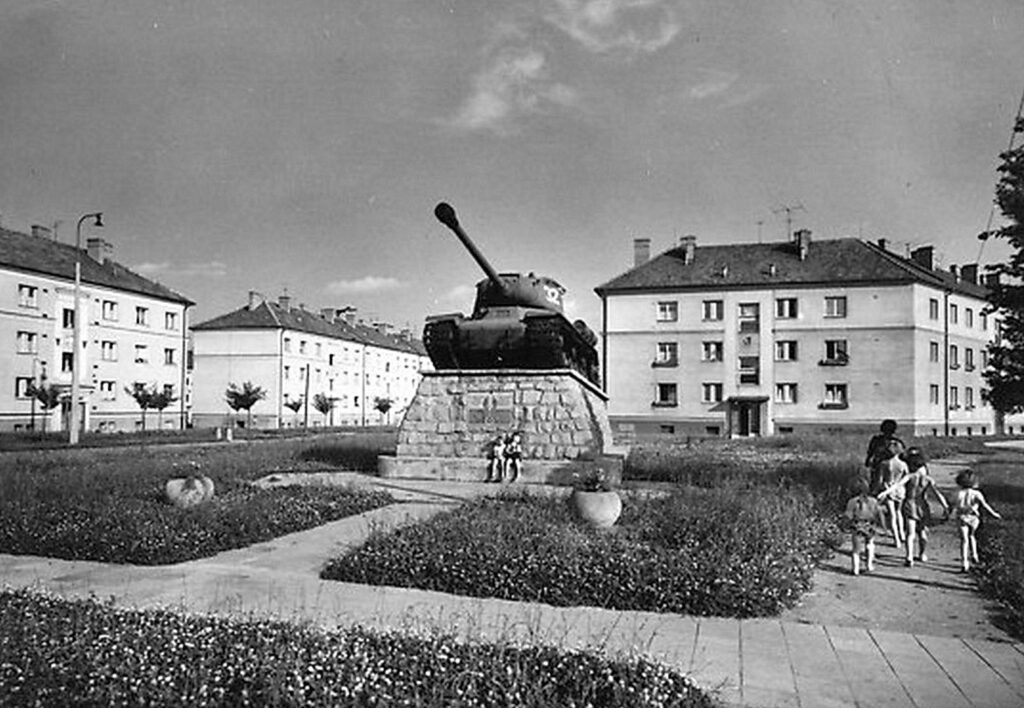
THE MAIN POINT OF THE ROUTE:
12 – CIRCULAR JUNCTION AT VELEHRADSKÁ STREET
The area of today’s circular intersection in Velehradská Street is a spot, where a heavy tank IS 2 used to stand on a massive pedestal from 1960 to 1991. This machine was employed in a combat in Ostrava operation and was one of the eight tanks of this type in service of Czechoslovak Army. It was saved from destruction in the smelt house in 1991 and placed in the Military History Museum in Lešany.
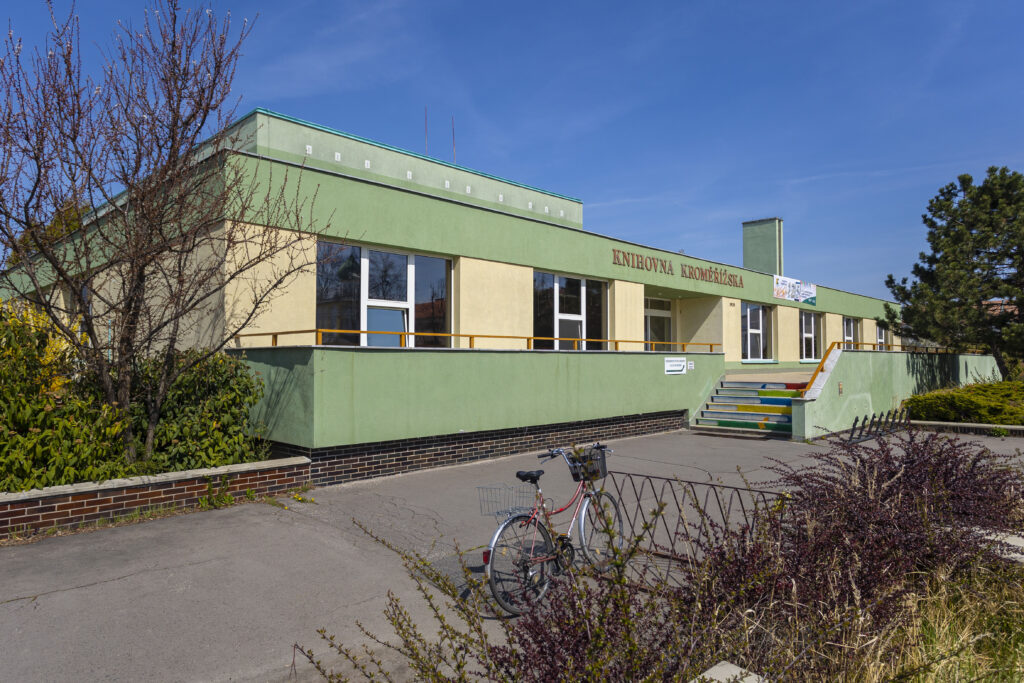
THE MAIN POINT OF THE ROUTE:
13 – LIBRARY OF THE KROMĚŘÍŽ REGION ON SLOVANSKÉ SQUARE
In the cellar of the Library of the Kroměříž Region on Slovanské Square was (and is still) placed an antinuclear shelter of the CO staff for the district of Kroměříž. It was designed to protect only certain people, the capacity is about 20-30 people for about 10 days. In times of danger, the shelter could be completely cut off from the outside world, water was available in a tub, electricity was produced and air was filtered. The shelter is one of the important technical relics of Kroměříž and it is the only one of its kind in the Zlín Region.


